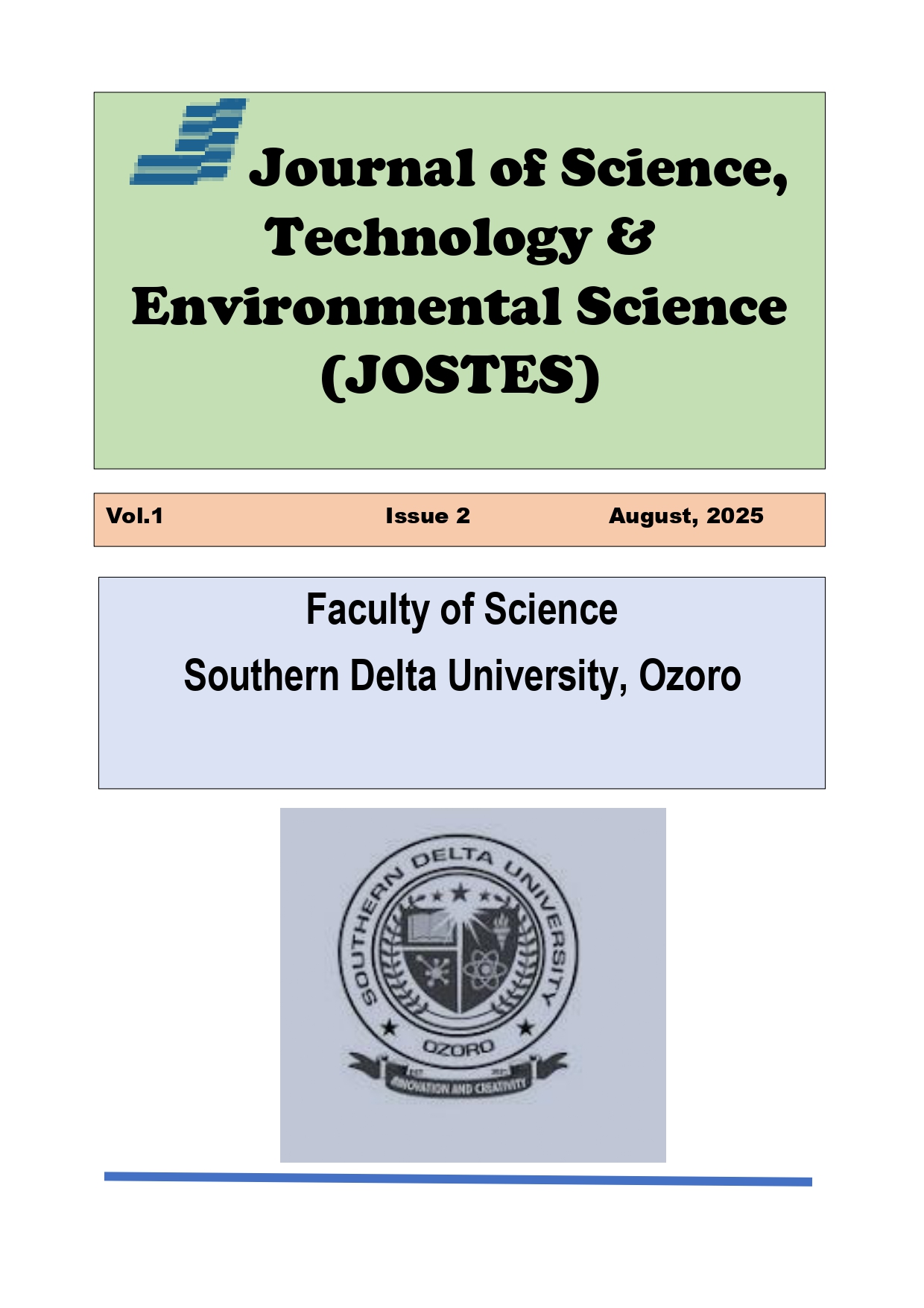Determination of Alcohol Permeability on Synthesized Polyisoprene/Polystyrene Blend Electrolyte Membrane for Direct Methanol Fuel Cell
Main Article Content
Abstract
The serious issue of methanol permeation associated with Direct Methanol Fuel Cell (DMFC) has militated against its large scale commercialization. Effort in getting polymer electrolyte membranes of high-methanol-permeation resistivity has been on. This has thus necessitated this study, where methanol permeation was determined on synthesized polymer electrolyte membrane derived from the blend of polyisoprene and polystyrene. The synthesized membrane exhibited ideal ionic conductivity of 10-2 S/cm order with moderate water uptake. The concentration change of methanol in aqueous solution at varying degrees of sulphonation (DS) showed that the blended membrane with lower DS manifested higher methanol crossover (1.23 mol/L), while the methanol crossover decreased as DS increased. Hence, the membrane of higher DS (49.37 %) only allowed methanol crossover of 0.79 mol/L, and of course the preceding DS (39.69 %) only allowed 0.92 mol/L. However, methanol crossover was noticed to be highest with the unblended membrane (1.28 mol/L). The overall diffusion coefficient of the synthesized membranes achieved an order of 10-7 cm2/s as against the current state-of-the-art membrane (nafion) (10-6 cm2/s). The study thus showed that the blended membrane manifested a lower methanol permeation by exhibiting high-methanol-permeation resistivity compared to the commercial nafion, suitable for DMFC application.

